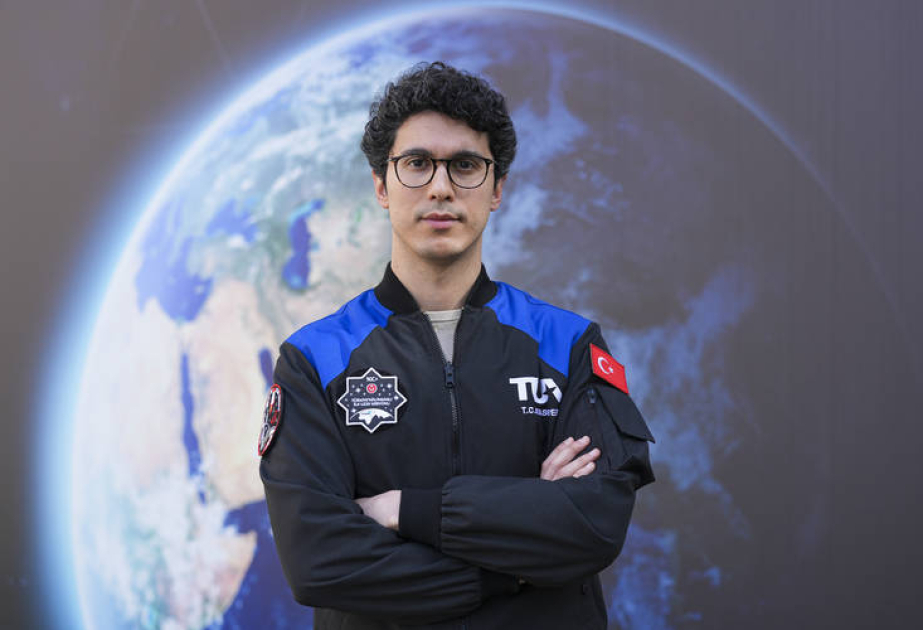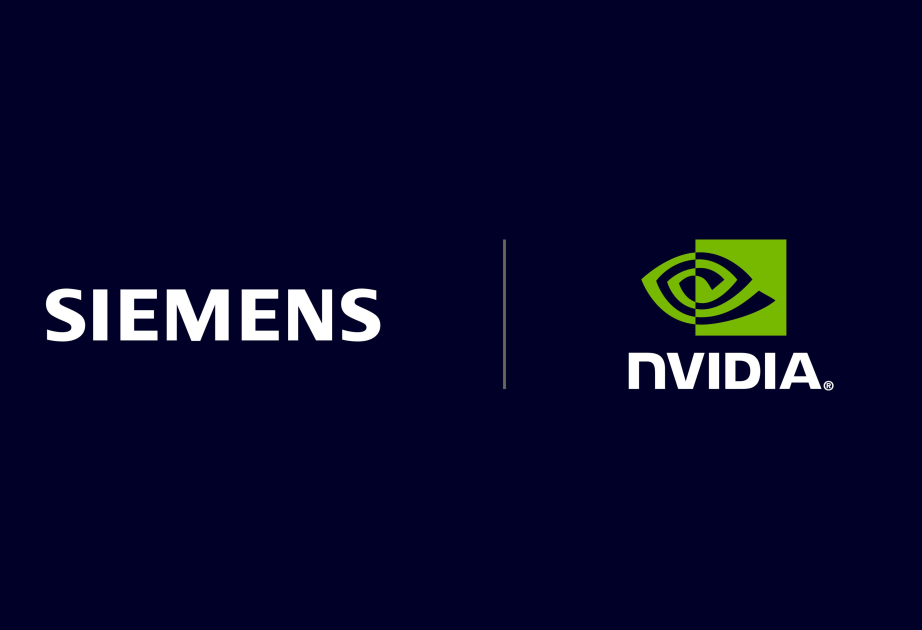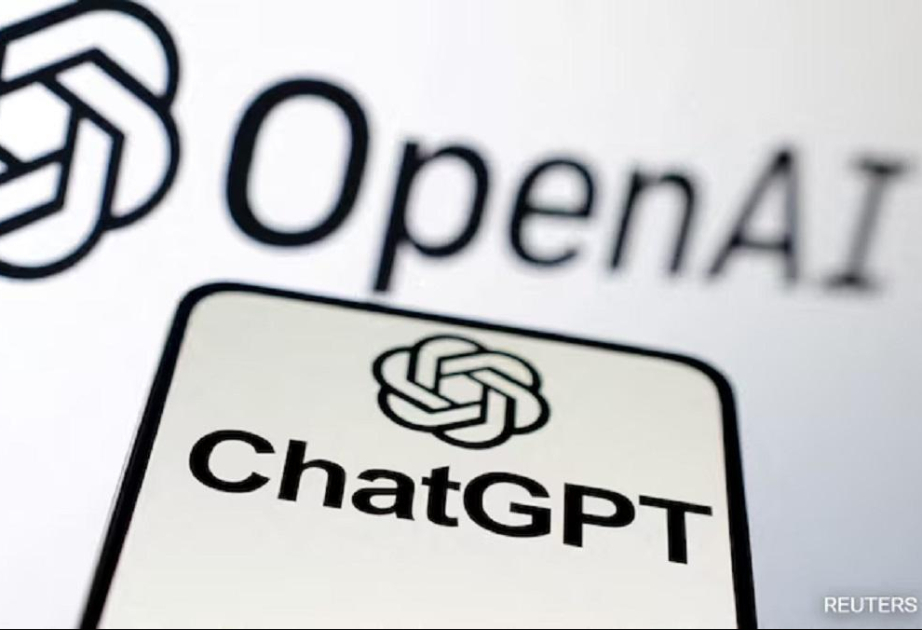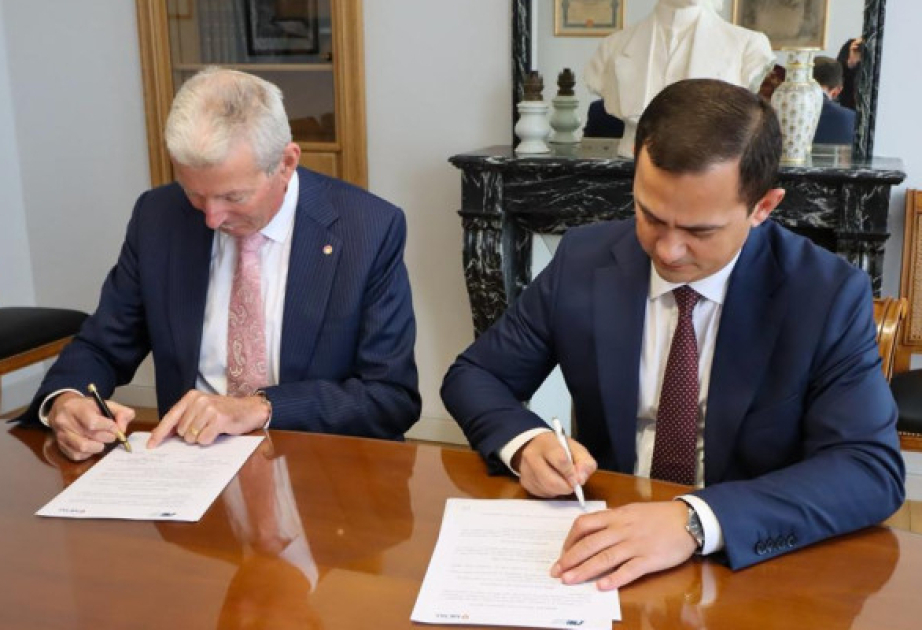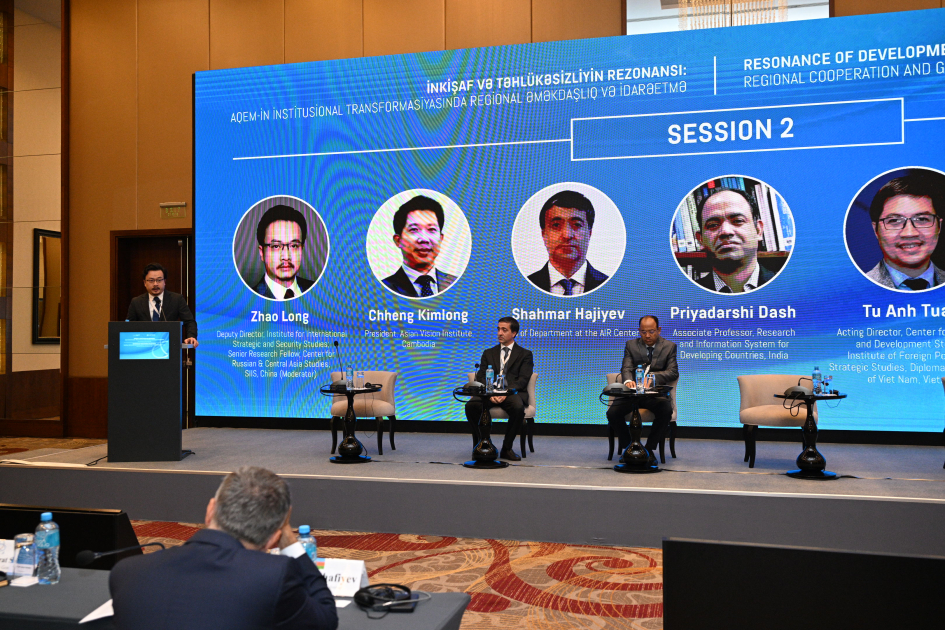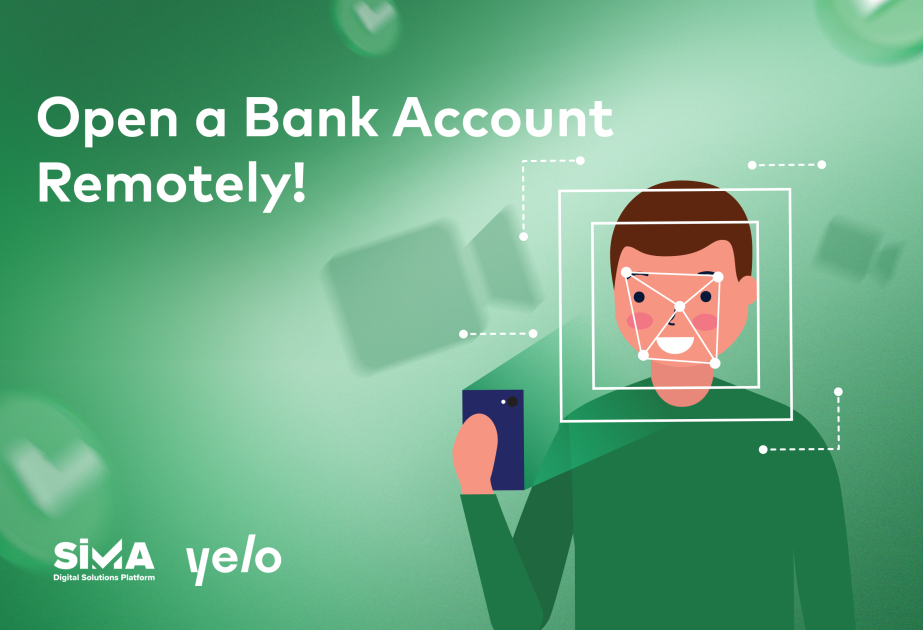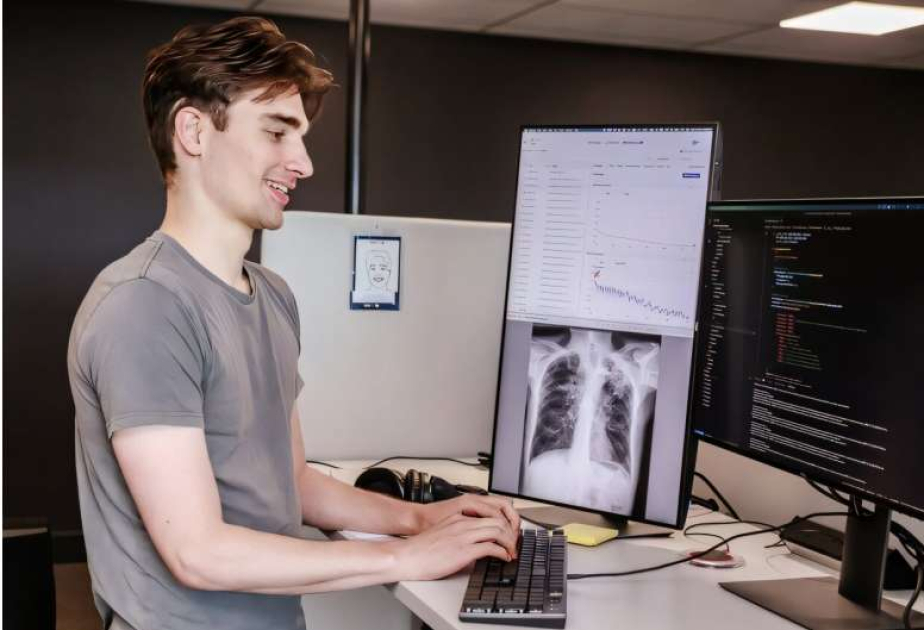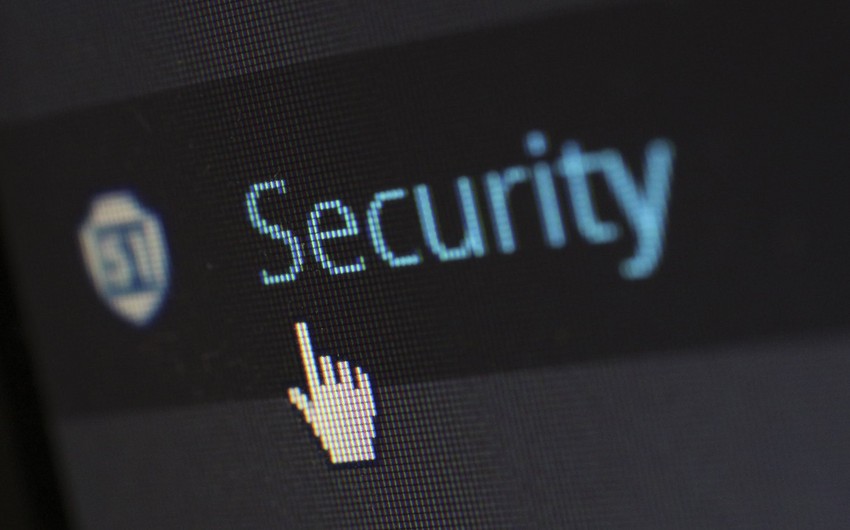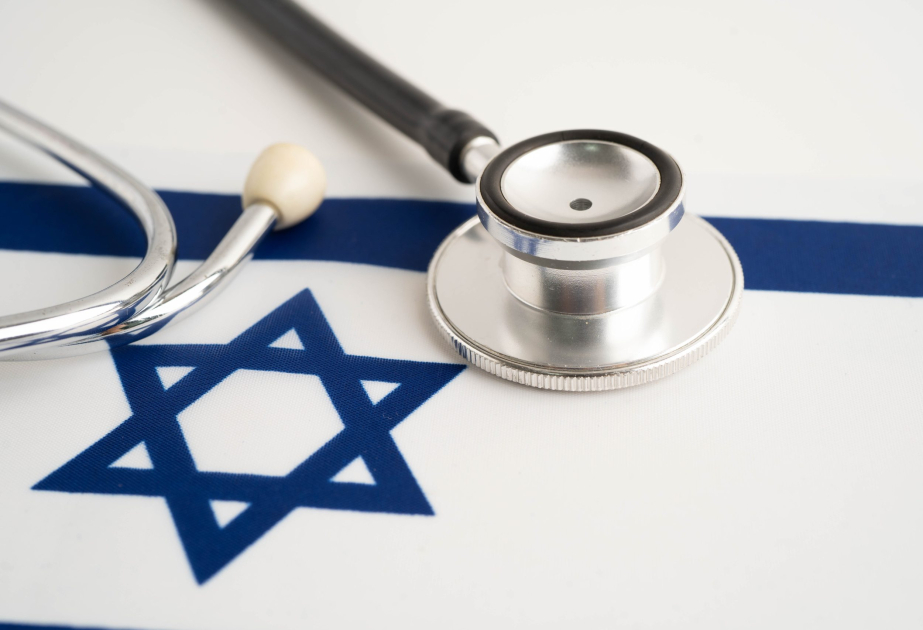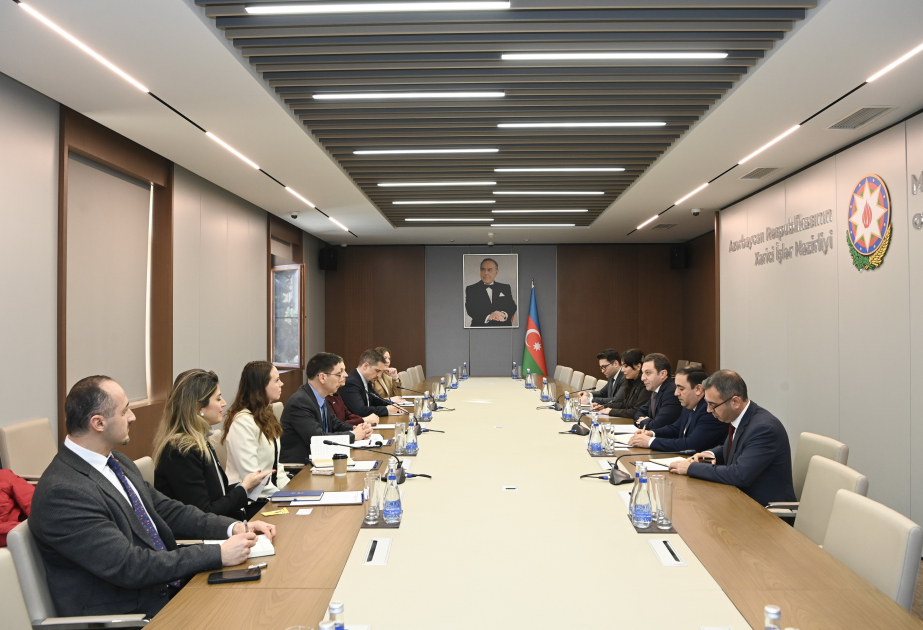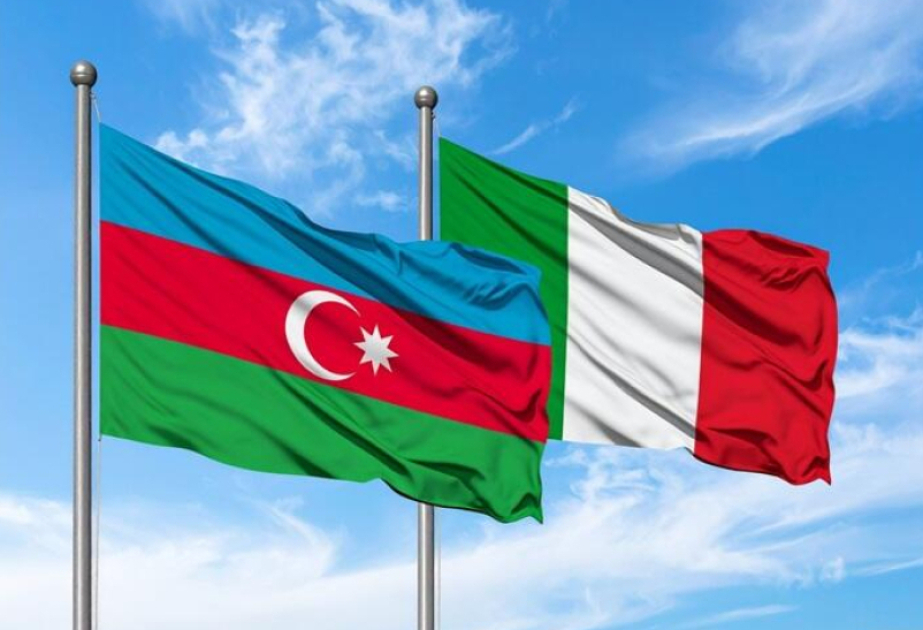Türkiye's second astronaut is set to honor the Turkish and the Azerbaijani flags during his upcoming space mission on June 8, according to Anadolu Agency.
Speaking about the mission, Tuva Cihangir Atasever said: "During the flight, the Azerbaijani flag will be right next to the Turkish flag on my chest."
"Just as the flags of these two countries are side by side on Earth, and as these two nations stand shoulder to shoulder, they will also be side by side during my space journey," he said during an interview with Anadolu.
The Turkish Space Science Mission Suborbital Research Flight, set for June 8, is an educational component of the Ax-3 mission, which commenced in Houston, US, in April 2023 and will continue in the International Space Station.
Atasever emphasized that the space flight would be conducted without incurring additional costs. He added that Türkiye’s Industry and Technology Ministry, the Scientific and Technological Research Council of Türkiye, and the Turkish Space Agency have transformed this educational step into a scientific mission.
They selected seven different scientific experiments and have been working for months on integrating these into the flight. Atasever hopes the experiments will significantly contribute to Türkiye’s space research and studies.
Italians conducted similar flight
Atasever noted that although this flight was a first for Türkiye, Italians had conducted a similar research flight with Virgin Galactic's Galactic 01 mission.
He underlined the involvement of Walter Villadei, the pilot of the Ax-3 mission team that included Türkiye's first astronaut Alper Gezeravci, in the study and added that during the entire flight, they conducted 13 different experiments in the three-minute microgravity period.
These experiences provide an important research opportunity that sheds light on experiments that would take longer on Earth. Around the world, “reduced gravity” environments – ranging from two to 20 seconds – can be achieved through drop towers and parabolic flights.
Safety training
Atasever explained that during the flight, Virgin Galactic's VSS Unity spacecraft will travel with a carrier aircraft to an altitude of approximately 45,000 feet (14,000 meters) before being released. It will then ignite a hybrid rocket engine to reach an altitude of 90 kilometers within one minute.
He noted that during the flight, they would experience g-forces up to 4.5 times Earth’s gravity and reach Mach 3, or three times the speed of sound. Before reaching the maximum altitude, they will enter the free-fall phase as soon as the rocket motor completes burning.
Overview effect
Atasever explained that he would wear a near-infrared spectroscopy measurement device on his head throughout all phases of the flight for the BEACON brain imaging experiment, allowing them to study the dynamics of blood flow in the prefrontal cortex and cerebrospinal fluid for nearly 1 1/2 hours.
He added that in microgravity, fluids normally found in the lower parts of the body accumulate toward the skull, which increases intracranial pressure and can impair an astronaut's vision.
"The impact of cerebrospinal fluid in this situation will be observed for the first time during a space flight. Additionally, the impact of the 'overview effect,' or the psychological transformation experienced by seeing the Earth from a distant point, will also be examined," he added.
The 31-year-old Turkish engineer added that the Insulin Pen Test in Space would observe how effectively can two different insulin pens, placed in a special box, deliver a dose in microgravity. This will pave the way for diabetic individuals to travel to space stations in the future.
Atasever said that international partners, notably the Center for Space Medicine Research at Harvard Medical School and the Department of Aerospace Medicine at the University of Health Sciences, were also involved in some of the seven experiments.
Final preparations
He mentioned that they traveled to the Axiom Space facilities in the US on May 28 for some experiment-related work and were now at the spaceport in New Mexico, where the launch will take place.
Atasever said they received training for the flight throughout the week and performed aerobatic flights with highly maneuverable aircraft to test the experimental equipment he would carry during the microgravity flight.


